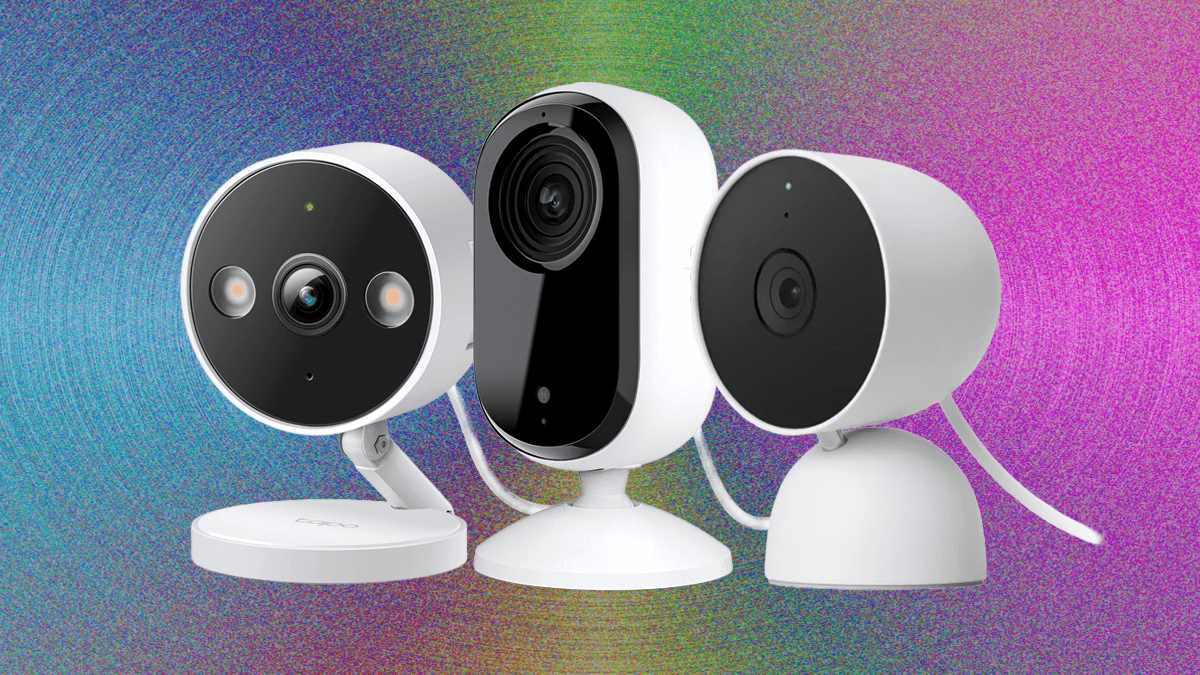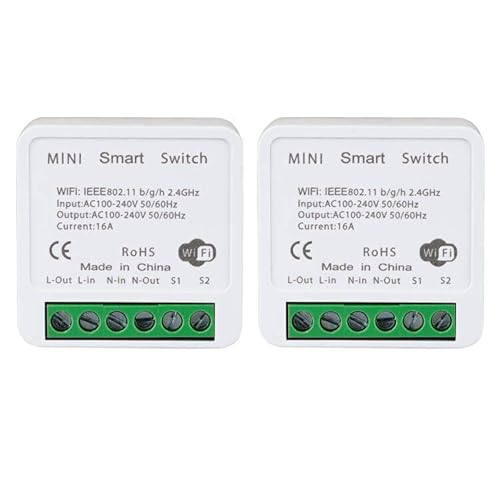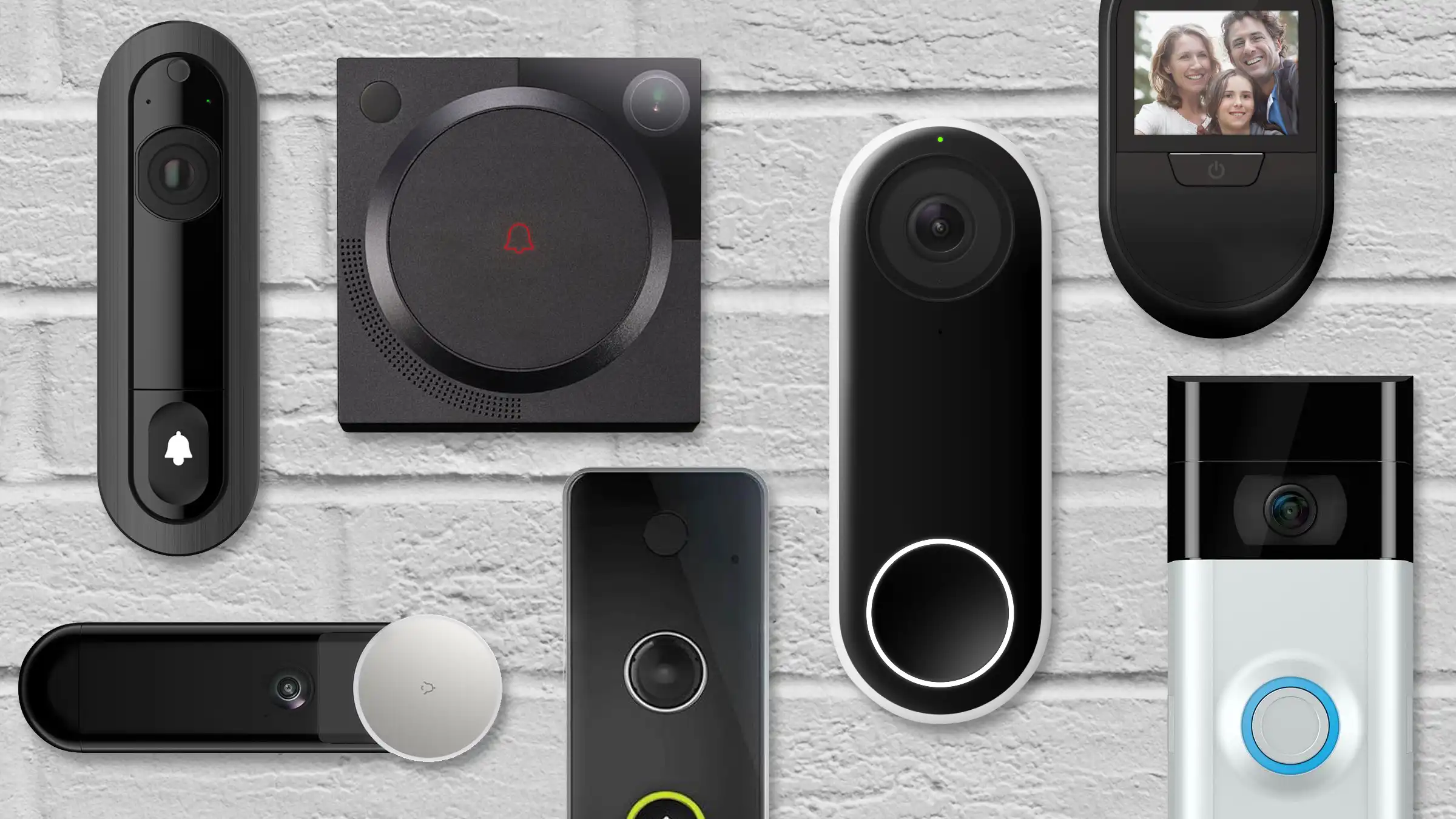Imagine having a home that watches over itself, keeping you and your loved ones safe without you lifting a finger. Automating home security makes this possible.
You no longer have to worry about whether you locked the door or turned on the alarm. With smart technology, your home can react instantly to threats, giving you peace of mind anytime, anywhere. You’ll discover how easy it is to set up a system that works for you and why taking this step can change the way you protect what matters most.
Ready to make your home smarter and safer? Let’s dive in.

Credit: www.indiamart.com
Benefits Of Smart Home Security
Smart home security systems use technology to keep your house safe. These systems connect to your phone and other devices.
They offer many benefits that make your home safer and easier to watch over.
Enhanced Protection
Smart security devices detect threats quickly and alert you right away. Sensors, cameras, and alarms work together to protect your home.
These systems can also scare off intruders with lights and sounds before they get inside.
- Motion detectors sense movement
- Door and window sensors spot openings
- Alarms notify you and neighbors
Remote Monitoring
You can check your home anytime from your phone or tablet. Live video feeds show what is happening in real time.
This helps you watch over your house even when you are far away. You can also control locks and alarms remotely.
- View live camera footage
- Receive instant alerts
- Control devices from anywhere
Cost Savings
Smart security can lower your insurance rates. Many companies offer discounts for homes with these systems.
You may save money by preventing theft and damage. Early alerts help you act fast to avoid big losses.
- Possible insurance discounts
- Reduce risk of theft or fire
- Lower repair and replacement costs

Credit: guardianprotection.com
Key Components Of Smart Security Systems
Smart security systems help keep your home safe by using technology. These systems include devices that watch, detect, and control access.
Understanding the key parts of a smart security system can help you choose the right setup for your home.
Smart Cameras
Smart cameras record video and send alerts to your phone. They work both day and night with clear video quality.
You can watch live footage or review recordings anytime. Some cameras can even recognize faces or detect unusual sounds.
Motion Sensors
Motion sensors detect movement inside or outside your home. They trigger alarms or notify you if they spot something unusual.
These sensors help save energy by turning lights on only when needed. They also add an extra layer of protection to your security system.
Smart Locks
Smart locks let you lock or unlock doors remotely. You can give access to friends or family without a physical key.
They also keep a record of who enters and when. Some smart locks work with voice commands or use codes for entry.
Alarm Systems
Alarm systems alert you and others if there is a break-in. They can sound loud sirens to scare off intruders.
Many alarms connect to your phone and emergency services. This quick response helps protect your home and family.
Choosing The Right Devices
Automating home security makes your house safer and easier to manage. Picking the right devices is key to a good system.
Consider how devices work together and how easy they are to use. This helps you get the most from your security setup.
Compatibility
Devices must work well with your current system. Check if they support the same protocols like Wi-Fi, Zigbee, or Z-Wave.
Using compatible devices avoids connection problems and saves you time on setup and fixes.
- Look for devices that match your hub or controller
- Check the supported communication methods
- Read reviews about device compatibility
Ease Of Use
Choose devices that are simple to install and operate. Easy devices reduce frustration and save time.
Good user manuals and apps with clear controls help everyone in your home use the system correctly.
- Look for plug-and-play devices
- Choose products with simple apps
- Check for voice control options
Integration With Other Systems
Devices that connect with other smart home systems add value. Integration lets you control many features from one place.
Think about linking security to lighting, alarms, or voice assistants for better control and alerts.
- Check if devices work with popular smart home platforms
- Use apps that combine control of all devices
- Look for automated routines that link security with other systems
Installation Tips
Automating your home security can keep your house safer. Proper installation is very important for the system to work well.
This guide will help you understand key tips for setting up your automated home security system easily and correctly.
Diy Vs Professional Setup
You can install a home security system yourself or hire a professional. Each choice has benefits and limits.
DIY saves money but needs time and skill. Professionals install faster and may offer better security advice.
- DIY allows flexible scheduling and learning.
- Professionals ensure correct setup and testing.
- DIY might need more troubleshooting later.
- Professional setup may cost more upfront.
Optimal Device Placement
Place security devices where they can cover important areas well. Think about entrances, windows, and blind spots.
High corners often work best for cameras. Sensors should be near doors but out of easy reach.
- Install cameras to cover main entry points.
- Keep sensors away from heat or moving objects.
- Use motion sensors in hallways and large rooms.
- Avoid placing devices where pets can trigger them.
Network Configuration
Secure and stable internet is key for your system. Connect devices to a strong Wi-Fi network with a good password.
Set up a separate network for your security devices to keep them safe from other devices on your home network.
- Use a strong password for your Wi-Fi.
- Update device firmware regularly.
- Consider a guest network for visitors.
- Check signal strength in all device areas.
Automation And Control
Automating home security lets you control your system easily. It helps protect your home without extra effort.
You can manage your security devices from anywhere. Automation adds convenience and keeps your home safe.
Using Mobile Apps
Mobile apps let you control your home security from your phone. You can lock doors, check cameras, and get alerts.
Apps make it easy to watch your home anytime. You can also change settings and turn devices on or off remotely.
Voice Control Options
Voice control lets you manage security with simple commands. Use smart assistants to arm or disarm your system.
This hands-free method is quick and helpful. It adds ease, especially when your hands are busy.
Scheduling And Alerts
Scheduling allows your security system to work at set times. You can plan when devices turn on or off automatically.
Alerts notify you of unusual activity. They keep you updated on your home’s safety in real time.
- Set cameras to record at night
- Receive notifications for door openings
- Schedule alarms for when you leave
Privacy And Security Concerns
Automating home security brings many benefits. It can make your home safer and easier to manage.
At the same time, it raises important privacy and security questions. You need to protect your data and devices.
Data Protection
Data from your security devices is sensitive. It includes videos, alerts, and personal information.
Keep this data safe by using strong passwords and encryption. Avoid sharing your security data with unknown sources.
- Use strong, unique passwords for devices
- Enable encryption on your home network
- Limit data sharing to trusted apps only
Preventing Unauthorized Access
Unauthorized access can let others control your security system. This can put your home at risk.
Use multi-factor authentication and change default settings. These steps make it harder for intruders to get in.
- Activate multi-factor authentication on accounts
- Change default usernames and passwords
- Use firewalls to protect your devices
Regular Updates And Maintenance
Security software needs updates to fix vulnerabilities. Without updates, devices stay open to attacks.
Check your devices often and install updates quickly. This helps keep your home security strong and reliable.
- Set devices to update automatically if possible
- Regularly check for firmware and software updates
- Remove old devices that no longer get updates
Future Trends In Smart Security
Smart home security is changing fast. New technology makes homes safer and easier to protect.
Many new tools and systems will help keep homes secure in the future.
Ai And Machine Learning
Artificial intelligence helps security systems learn from data. They can spot unusual activity quickly.
Machine learning improves cameras and alarms by reducing false alerts. This saves time and effort.
- Detects faces and objects automatically
- Recognizes normal and strange behaviors
- Adapts to new security threats over time
Integration With Smart Cities
Smart homes connect with city systems for better safety. This helps police and emergency services respond fast.
Traffic cameras, street lights, and home alarms work together to create safer neighborhoods.
- Real-time alerts shared with authorities
- Coordinated response to emergencies
- Improved monitoring of public spaces
Advanced Sensors
New sensors detect more types of danger. They sense smoke, gas leaks, and glass breaking.
Sensors become smaller and more accurate. They can work without wires and use less power.
- Motion detectors with better range
- Environmental sensors for fire and gas
- Wireless and easy to install

Credit: www.vesternet.com
Frequently Asked Questions
What Are The Benefits Of Automating Home Security?
Automating home security enhances safety by enabling real-time monitoring and alerts. It reduces response time to threats. Automation also offers convenience through remote control of locks and cameras. Additionally, it can lower insurance costs and increase property value.
How Does Smart Home Security Automation Work?
Smart security automation connects devices via Wi-Fi or Zigbee protocols. Sensors detect motion, doors, or windows opening. Cameras stream live video to your smartphone. The system sends instant alerts if suspicious activity occurs. Integration with voice assistants adds hands-free control.
Can I Install Home Security Automation Myself?
Yes, many home security automation kits are DIY-friendly. They come with easy-to-follow instructions and app support. However, complex systems may require professional installation. Ensure devices are compatible and cover all entry points for optimal security.
Are Automated Home Security Systems Cost-effective?
Automated systems can save money by reducing false alarms and insurance premiums. Initial setup costs vary but often pay off over time. Energy-efficient devices also lower utility bills. Overall, automation provides long-term financial and safety benefits.
Conclusion
Automating home security brings peace of mind. It offers smart protection. Easy setup and control make life simpler. You can monitor your home anytime. Anywhere. This modern technology enhances safety and convenience. No need for constant worry about break-ins. Stay informed with real-time alerts.
Customize settings to fit your lifestyle. Enjoy the comfort of a secure home. Technology makes it all possible. Keep your family safe and secure. Embrace the future of home security today.
18 min read







